Top speed 270 km/h Length 6.82 m | Wingspan 15 m | |
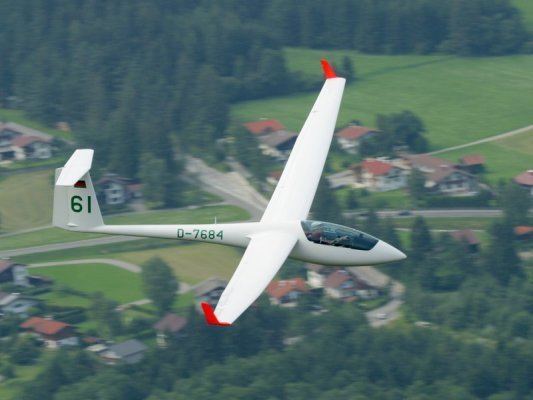 | ||
Manufacturers Alexander Schleicher GmbH & Co, SA Centrair | ||
The ASW 20 is an FAI 15 metre Class glider designed by Gerhard Waibel and built by Alexander Schleicher GmbH & Co. Its fuselage is nearly identical to the ASW19's, mated to newly designed wings for the 15 metre Class. The prototype first flew in 1977. It proved to be a highly successful glider, winning several World Championships, and was still being flown at this level up to 1995. Developments along its production life included winglets, pneumatic turbulators, and wingtip extensions. It remained in production until 1990, when it was superseded by the ASW27. 765 were built by Schleicher and a further 140 were made under license by Centrair in France.
Contents
- Schleicher asw 20 flight over vegoritida lake edessa greece
- Construction
- Flight characteristics
- Variants
- Specifications ASW 20B
- References
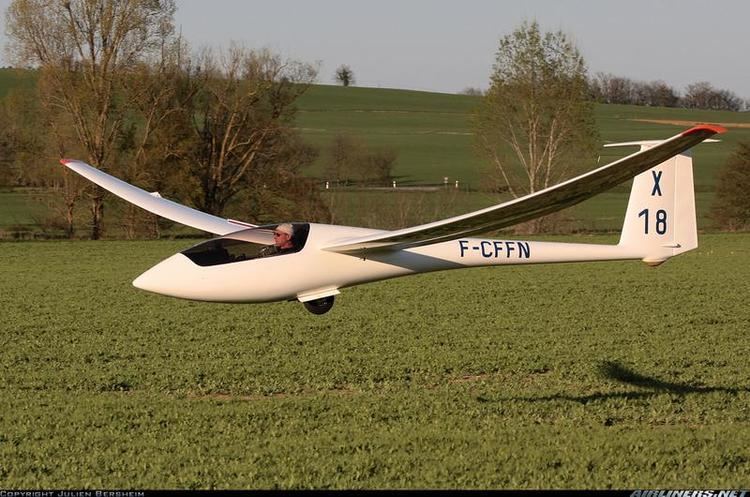
The ASW20 first flew in 1977 and was an instant success, winning numerous world and national championships. Dick Johnson reported that the ASW20 was the first 15 m glider to demonstrate a measured a L/D in excess of 40/1. Roy McMaster, Karl Striedieck and John Seymour won jointly, with others, the world triangle distance record of 1,435 km (892 mi) in 1994 in an ASW20B. ASW20s won 2nd and 3rd places in the FAI 15 metre Class at the 1983 World Championships at Hobbs, NM. ASW20s are still flown in FAI 15 metre Class at Regional and National levels, and are also flown in Sports Class in the United States.
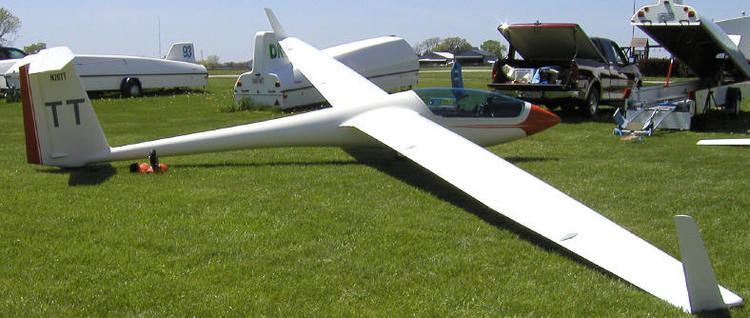
Schleicher asw 20 flight over vegoritida lake edessa greece
Construction
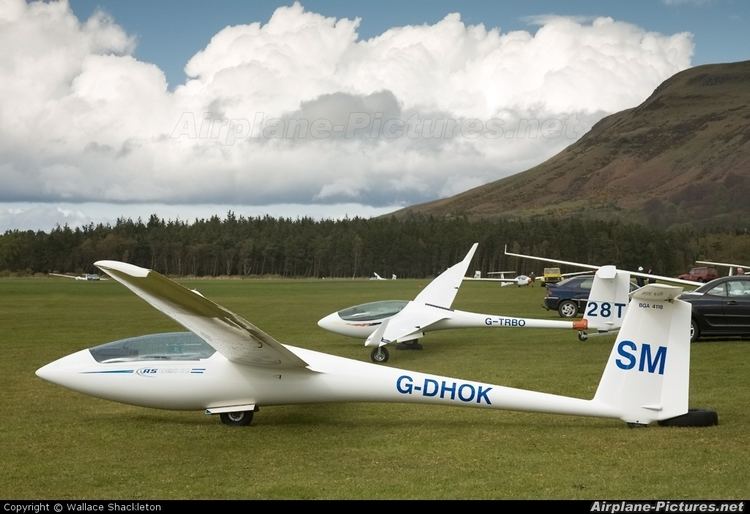
The ASW20 is constructed from glass-reinforced plastic. It features trailing edge flaps which interconnect with the ailerons and allow the entire trailing edge to operate as a flap between -9 and +5 degrees. The flaps also act as ailerons, but deflect only half of the aileron amount. Schempp-Hirth type airbrakes are provided on the upper wing surface.
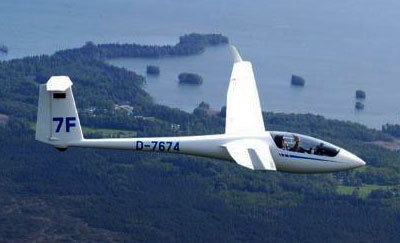
The B model (introduced in 1983) differs from the A and C model in that it uses a reinforced wing spar, which provides an increased water ballast capacity at the expense of the flexible wing. The B and C model include several enhancements over the original A model, including a lifting panel, hydraulic disc brake, and automatic elevator hookup. The B and C wings also incorporate a pneumatic turbulator system, which draws high pressure air from pitot inlets on the wing and injects it through approximately 860 pinholes into the boundary layer to control underwing airflow separation.
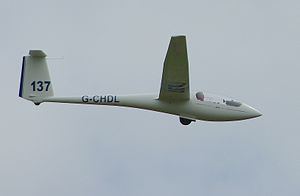
ASW20s that include a L designation may be fitted with a 1.59 m wingtip extension. The F designation was assigned to A variants produced in France by Centrair. Centrair also produced an FL variant equivalent to the German ASW20L, most of these are only permitted to fly without the wingtip extensions due to a deficiency in the wing spar construction.
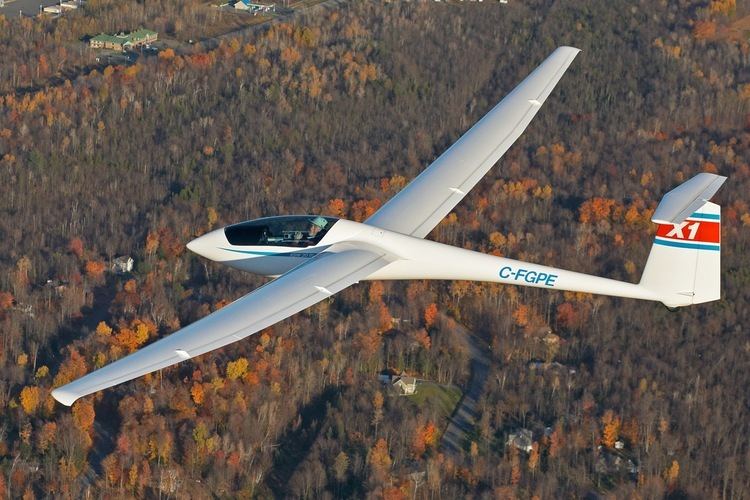
At least three different winglet designs have been produced for the ASW-20, including a NASA winglet fitted to the Centrair gliders (FP), a design by Peter Masak, and a second generation winglet designed by Prof. Mark D. Maughmer of Penn State University (USA).
Flight characteristics
The ASW20 is known as a very pleasant handling glider in most respects. The landing flaps (55° in early models, 38° in later models), in conjunction with very effective airbrakes, allow the pilot to make exceptionally steep approaches and short field landings when required. Second generation winglets further improved the handling and reduced drag at low to mid speeds. The flexible wing of the A and C models is particularly favored for ridge running, where it absorbs some of the tremendous turbulence found at ridgetop.
Variants
Specifications (ASW 20B)
Data from Jane's All the World's Aircraft 1988-89
General characteristics
Performance
